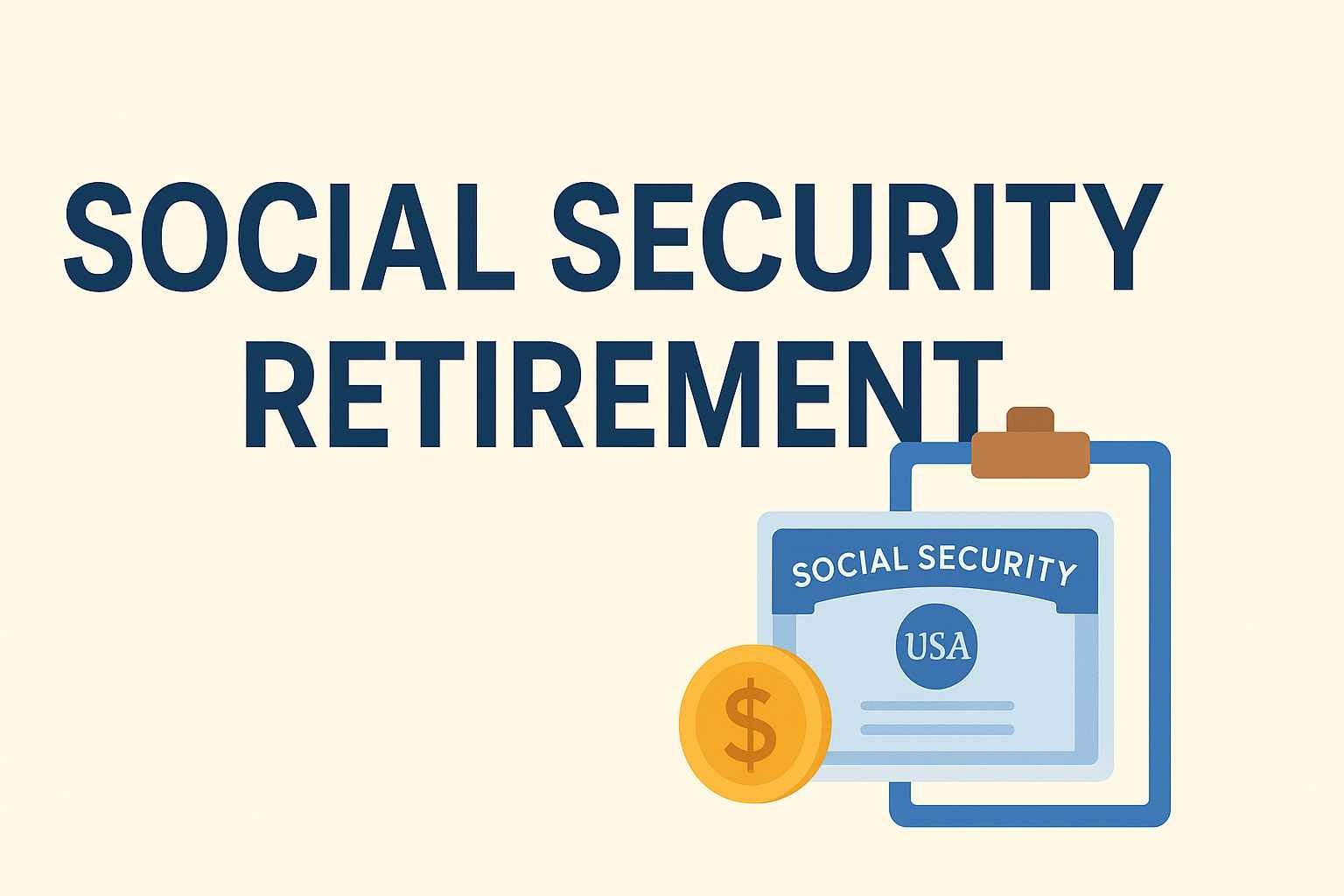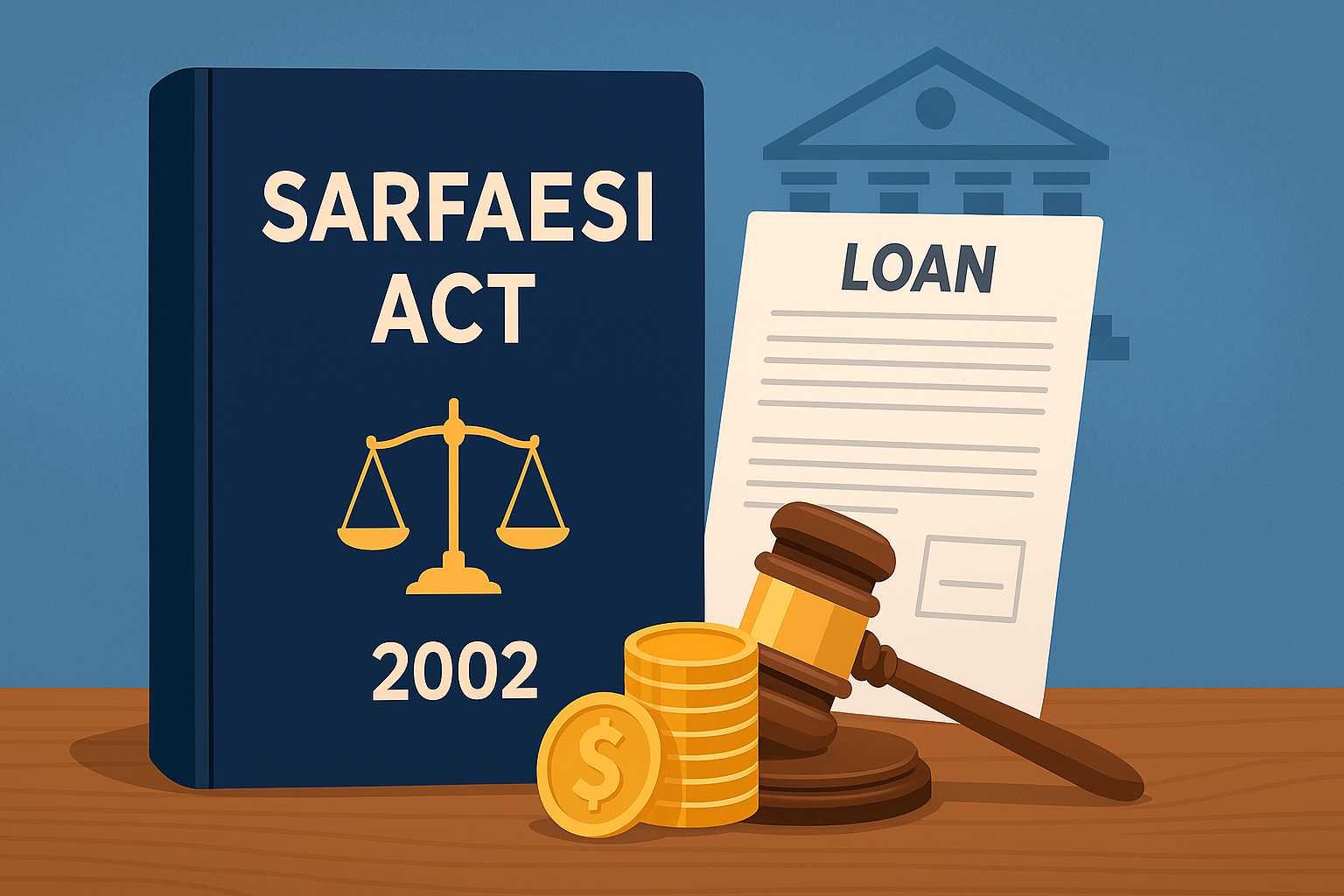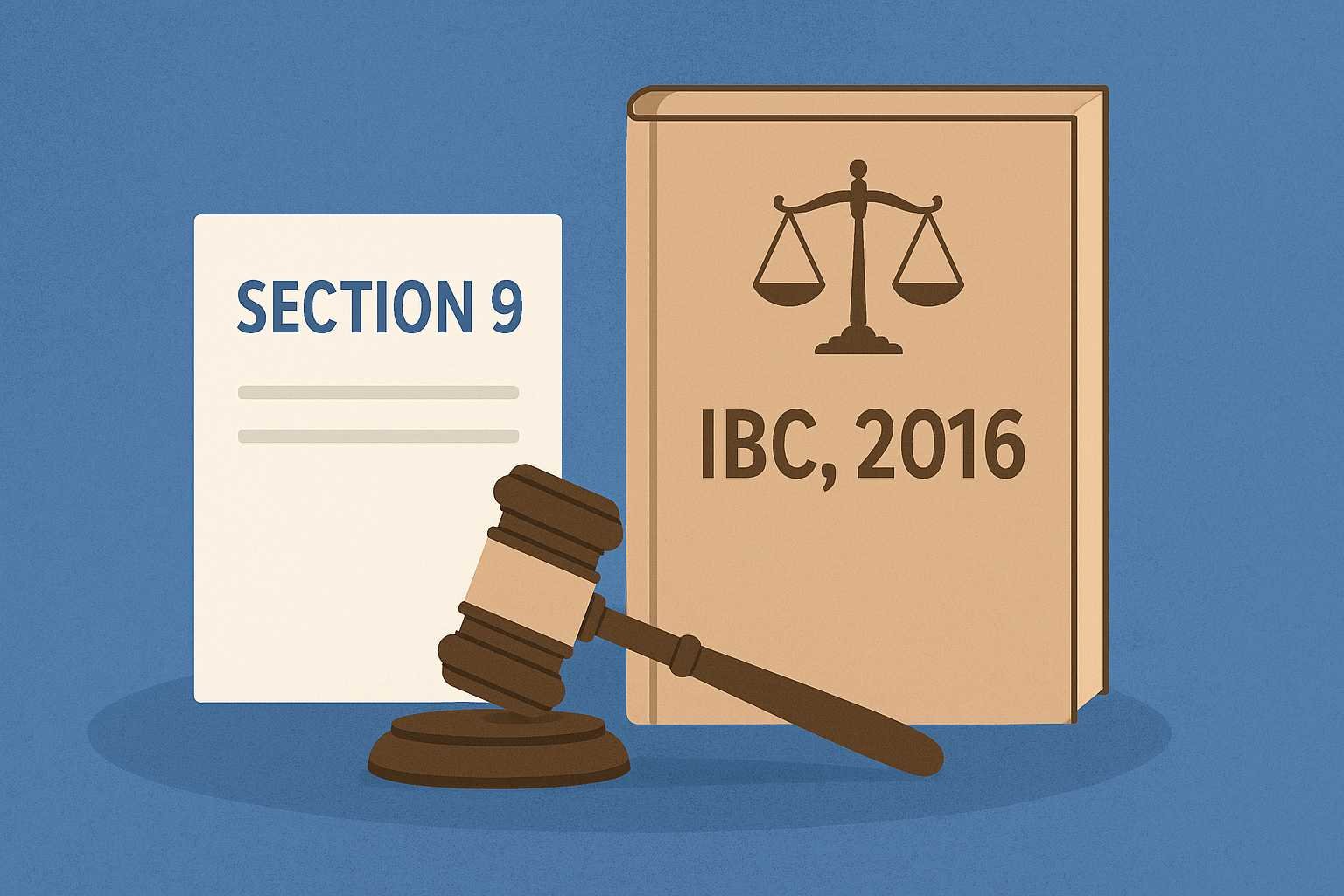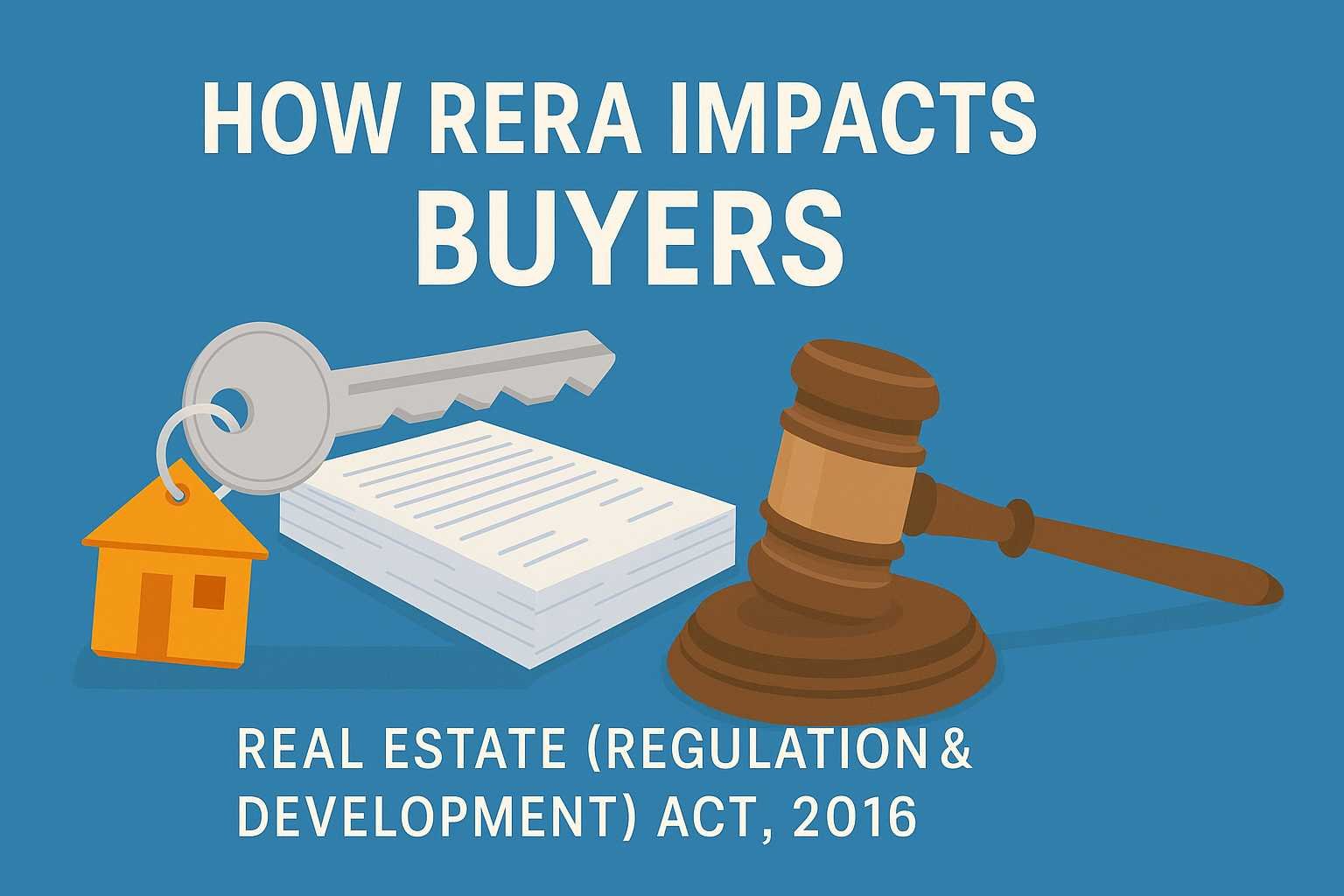On this page you will read detailed information about Housing for Older Persons Act (HOPA).
The Housing for Older Persons Act (HOPA) is a United States federal law enacted in 1995 that amended the Fair Housing Act (FHA) in order to provide a clear legal exemption for age-restricted housing communities tailored to older adults. While HOPA dates back several decades, understanding it matters today because of the growing senior population, evolving housing models for older persons, and continuing regulatory developments.
This blog examines the background of HOPA, its main features, how it works in practice, the responsibilities of housing providers, what residents and developers should know, recent regulatory developments, and why it remains relevant in 2025.
Background and Purpose of HOPA
Before HOPA was enacted, the Fair Housing Act prohibited discrimination based on “familial status” — meaning housing providers could not treat families with children under 18 differently from other households. Older-adult communities wishing to limit occupancy to persons 55+ or 62+ faced legal ambiguity.
In 1995, Congress passed HOPA (Public Law 104-76) to clarify the exemption for “housing for older persons.” The key purposes of HOPA were:
- To allow housing providers to advertise as “55+” or “62+” communities and legally limit occupancy in older-adult developments without facing FHA familial-status discrimination claims.
- To remove requirements in earlier guidance that older-adult housing needed to provide “significant facilities and services designed for older persons.” HOPA eliminated that requirement.
- To provide certainty for developers and operators of senior housing, enabling growth of age-restricted communities for retirement living.
As of 2025, with the U.S. 65+ population growing rapidly, age-restricted housing remains a significant and evolving segment — making HOPA’s framework still very relevant.
Key Eligibility Criteria Under HOPA
HOPA sets out clear rules for a housing community to qualify for the “housing for older persons” exemption under the FHA. The main criteria are:
- At least 80% occupancy by persons age 55 or older
For a “55-or-older” community, at least 80% of the occupied units must have at least one occupant who is at least 55 years old. - Community demonstrates intent to operate as “housing for older persons”
The housing provider must publish and adhere to policies and procedures consistently showing the intent to operate as an age-restricted facility. - Age verification and record-keeping
The provider must follow rules for age verification (for example affidavits or surveys), maintain them, and keep records to demonstrate compliance. - No longer required to provide “significant facilities and services” exclusively for older persons
HOPA removed this earlier requirement, simplifying the regulatory burden.
These criteria allow a housing development to lawfully restrict younger residents (children under 18) from residing permanently in a given percentage of units, thereby maintaining its age-restricted status.
Why HOPA Matters for Older-Person Housing
Benefits for Developers and Residents
- Marketing advantage: Being able to advertise a community as “55+ living” or “age-restricted” opens a clear market segment.
- Design clarity: Developers can design features, amenities, and services oriented for older adults without the risk of losing exemption.
- Resident expectations: Seniors looking for community living can trust that the operator is legally permitted to maintain age criteria.
Protection from Discrimination Claims
By following HOPA criteria, operators obtain a statutory safe-harbour. If challenged by a tenant based on familial status discrimination, compliance with HOPA gives the operator a strong legal defence.
Clarity for All Stakeholders
Operators, lenders, investors, and seniors all benefit from knowing the regulatory parameters. With senior housing gaining attention from capital markets and ageing-population trends, clear legal frameworks like HOPA help de-risk investment.
In the previous post, we had shared information about Social Security Retirement in 2025: What You Need to Know, so read that post also.
Practical Implementation: What Providers Must Do
For a senior-housing community to claim the HOPA exemption, practical steps include:
- Draft and publish policies that state the community is operating as “housing for older persons” or “55+ community.”
- In leases or sales contracts, include an affidavit or certification that at least one occupant is age 55+.
- Conduct occupancy surveys or require age documentation, and maintain records verifying that 80% occupancy threshold is met.
- Periodically monitor occupancy and update records, as required by HUD guidance.
- In marketing materials avoid general-family-oriented wording; rather use age-targeted descriptors (e.g., “Active adult 55+ community,” “Independent living for those 62 and over”) — but ensure the community’s actual occupancy aligns with the standard.
These measures ensure both legal compliance and resident transparency.
Regulatory Developments & Enforcement (2023-2025)
Even though HOPA dates back to 1995, regulatory updates and enforcement continue.
- In September 2024 the U.S. Department of Housing and Urban Development (HUD) issued a notice for implementation of HOPA–related information-collection requirements, seeking comment on age-verification, occupancy surveys, etc.
- Older-adult housing providers must stay abreast of HUD guidance and record-keeping requirements to maintain safe-harbour status.
- As the senior-housing sector evolves (with “active adult,” “55+” and mixed-used communities), HOPA compliance remains a key consideration when designing occupancy policies, marketing, and financing.
Relevance in 2025 Senior-Housing Trends
As the U.S. senior population expands (65+ cohort projected to surpass 70 million by 2030), demand for older-person housing remains strong. HOPA’s age-restricted housing model supports several contemporary trends:
- Active adult communities: Developers creating 55+ lifestyle communities rely on HOPA frameworks.
- Mixed-use senior living: Even when including services (independent living, assisted living), occupancy rules matter.
- Capital-market investments: Institutional investors evaluate regulatory risk; HOPA compliance is a positive indicator.
- Affordability and accessible senior housing: Providers structure units and leases with HOPA compliance to attract seniors seeking independent living options.
Thus, the relevance of HOPA extends beyond simple age criteria — it underpins policy, design, financing, and resident expectations for senior housing.
8. Challenges & Considerations for Stakeholders
For Developers/Operators
- Ensuring ongoing compliance (e.g., age verification, occupancy surveys, record updates) demands administrative effort.
- Marketing must align with occupancy reality — misalignment risks regulatory scrutiny.
- Investment structures (resale units, leasing, mortgage financing) must account for age-restricted occupancy impact.
For Residents/Prospective Homebuyers
- If a community is marketed as “55+,” verify that the provider meets the 80% threshold and has supportive policies in place.
- You may want to review leases and occupancy rules to understand how age restrictions, guest policies, grandchildren visits, etc., are handled.
- Older-person housing may offer benefits such as social activities, peer environment, and appropriate amenities — but these may vary widely.
Regulatory & Legal Professionals
- Keeping abreast of HUD guidance, case law around age-restricted housing and ensuring documentation aligns with federal rules remains key.
- Cross-jurisdictional issues: Some state/local laws may add age-restriction licensing or zoning requirements beyond HOPA.
Conclusion
The Housing for Older Persons Act (HOPA) provides a critical legal foundation for age-restricted housing in the United States. It enables communities to serve older adults, market themselves appropriately, and operate with legal clarity — all while protecting the rights inherent in the Fair Housing Act.
In 2025, as senior housing becomes ever more important — driven by demographic shifts, lifestyle choices, and investment dynamics — understanding HOPA is essential for developers, operators, investors, and residents alike.
By meeting its occupancy, policy-intent and record-keeping requirements, age-restricted communities can thrive while offering older adults an environment tailored to their needs. HOPA’s legacy continues to shape how we design, regulate and live in housing for older persons — showing that age-friendly housing is not just a niche, but a vital part of America’s housing ecosystem.
FAQ
No. It only requires that 80% of occupied units have at least one occupant aged 55 or older in a “55+ housing” model. The remaining units may include younger residents as per provider policy.
No. Prior to HOPA, such facilities sometimes required “significant facilities and services for older persons.” HOPA removed that requirement.
If an operator fails to maintain the occupancy threshold, the age-restriction exemption could be jeopardized. Operators must monitor and document compliance.
HOPA amends the federal Fair Housing Act and sets a federal standard. State/local building, zoning, or senior-housing laws may impose additional requirements beyond HOPA.
Disclaimer
The information and services on this website are not intended to and shall not be used as legal advice. You should consult a Legal Professional for any legal or solicited advice. While we have good faith and our own independent research to every information listed on the website and do our best to ensure that the data provided is accurate. However, we do not guarantee the information provided is accurate and make no representation or warranty of any kind, express or implied, regarding the accuracy, adequacy, validity, reliability, availability, or completeness of any information on the Site. UNDER NO CIRCUMSTANCES SHALL WE HAVE ANY LIABILITY TO YOU FOR ANY LOSS OR DAMAGE OF ANY KIND INCURRED AS A RESULT OR RELIANCE ON ANY INFORMATION PROVIDED ON THE SITE. YOUR USE OF THE SITE AND YOUR RELIANCE ON ANY INFORMATION ON THE SITE IS SOLELY AT YOUR OWN RISK. Comments on this website are the sole responsibility of their writers so the accuracy, completeness, veracity, honesty, factuality and politeness of comments are not guaranteed.
So friends, today we talked about Housing for Older Persons Act (HOPA), hope you liked our post.
If you liked the information about Housing for Older Persons Act (HOPA), then definitely share this article with your friends.







